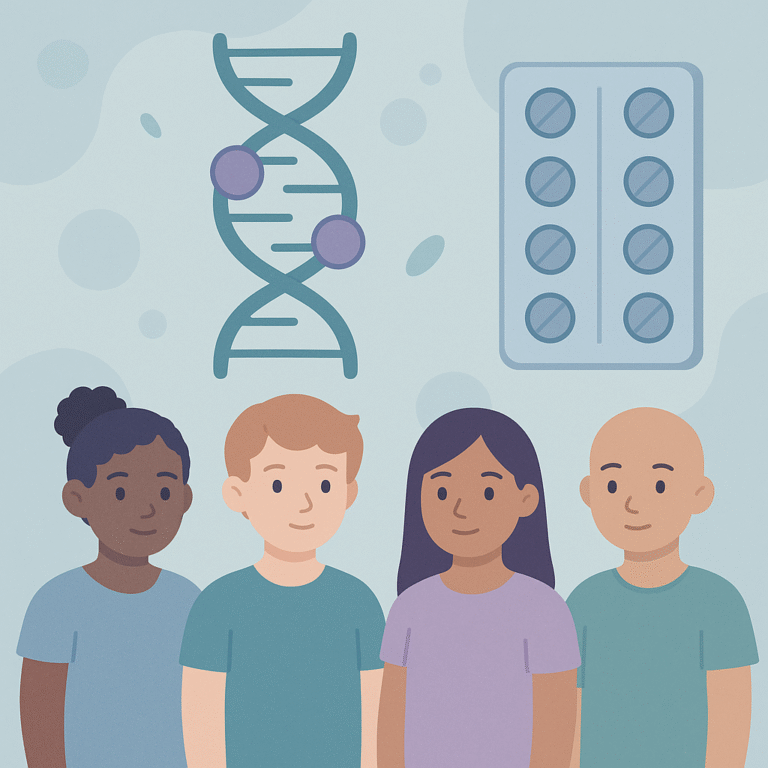Understanding Epilepsy in Dentatorubral-Pallidoluysian Atrophy Patients
Source: Epilepsia
Summary
This study looked at epilepsy in people with a rare genetic condition called dentatorubral-pallidoluysian atrophy (DRPLA). Researchers reviewed 181 studies that included a total of 1,191 patients with DRPLA to gather information about how epilepsy affects these individuals. They focused on understanding the age at which epilepsy starts, the types of seizures experienced, and the effectiveness of different medications.
The findings showed that people with DRPLA who have epilepsy tend to start having seizures at a younger age compared to those without epilepsy. They also have a higher number of CAG repeats in their genes. The most common types of seizures observed were focal seizures, myoclonic seizures, and generalized tonic-clonic seizures. Additionally, certain medications, like perampanel and levetiracetam, were found to be more effective for treating seizures in these patients than other types of medications.
These findings are important because they help doctors understand the specific challenges faced by people with DRPLA-related epilepsy. However, the study has some limitations, such as the small size of many of the included studies, which means more research is needed to confirm these results. Overall, this review provides valuable insights that can improve care for individuals with DRPLA and their epilepsy.
Free: Seizure First Aid Quick Guide (PDF)
Plus one plain-language weekly digest of new epilepsy research.
Unsubscribe anytime. No medical advice.





